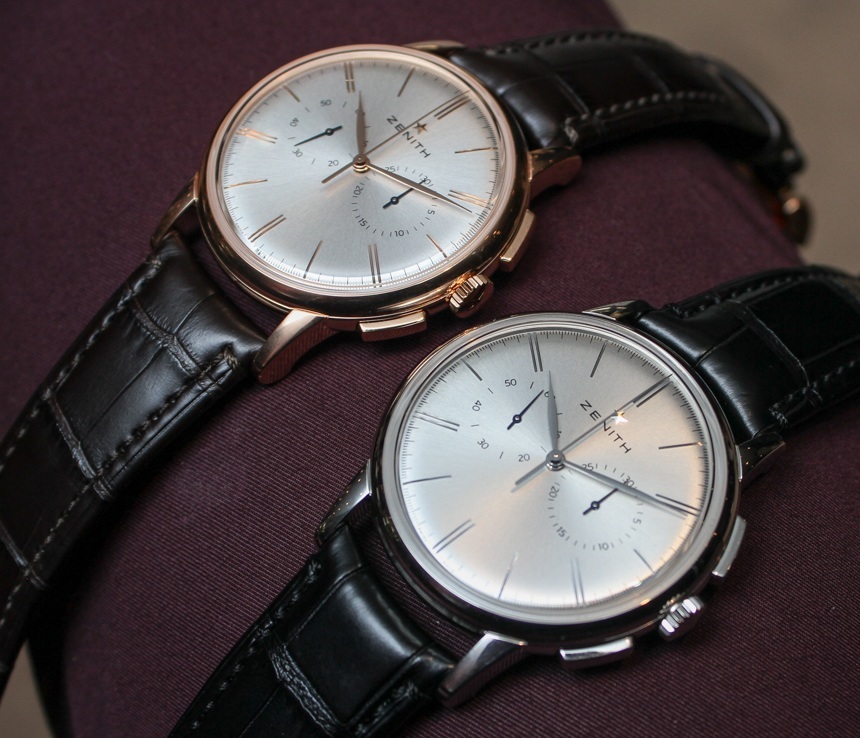
Fewer Vintage Re-Releases
The real problem with many of the vintage re-release watches is that they will likely suffer from poor long-term value. Let me step back for a second to discuss these types of watches in general. Several years ago, vintage watches started to get really popular for a few reasons. The main one was price, given that the cost of new watches was so high. Old watches came with nostalgia, stories, some worn-in patina, but also oftentimes a very low price (and a not so low restoration cost). As popularity went up, so did the prices, of course.
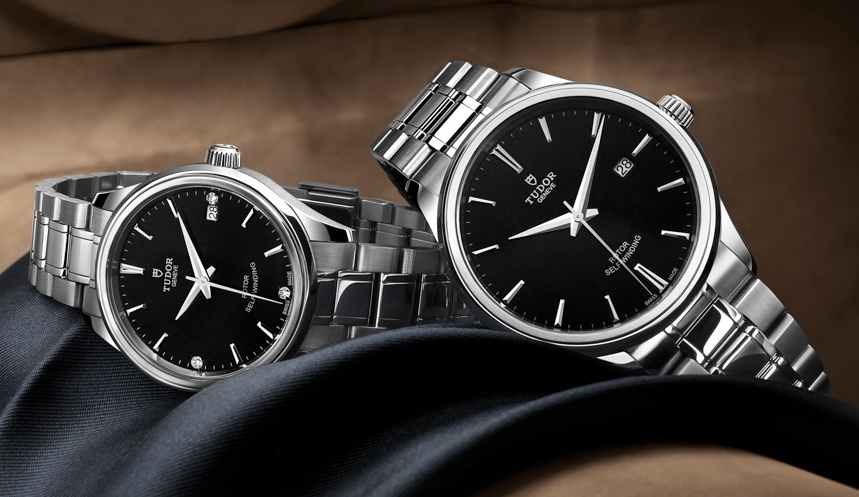
At the same time that was happening, a lot of today’s luxury watch makers were experiencing a bit of an identity crisis. Consumers seemed to be rebelling against overly large contemporary watches, and the price of developing truly modern collections was expensive. What happened was that a lot of watch brands searched their own past and decided to make what is old new again.

Vintage re-release watches seemed to come in droves, from almost all brands, at all price levels. Many were beautiful, but almost none where original. Thankfully, the trend of simply re-releasing old products using modern construction and materials slowed down over the past few years. With that said, in my opinion, there are still way too many clear attempts by brands to simply re-release an old watch for today’s audiences. The problem is that from a collectibility standpoint such products might help strengthen the value for the actual vintage models, but not their modern analogs. A good way of understanding this is simply to recognize that these modern interpretations lack the personality and originality of their historic counterparts – thus making them less interesting for collectors.
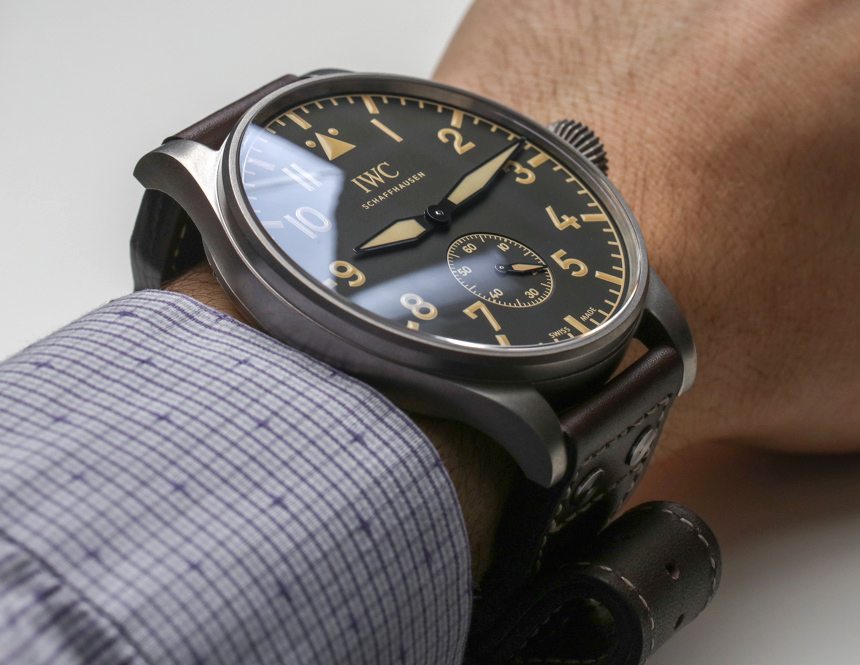
We suggest that brands break this unfortunate trend of recycling their past. At the very least, it robs them of being able to claim they are doing anything even remotely innovative. Second, it robs them of the ability to develop a real personality that people today can attach interest to. A vintage re-release really only serves to make a consumer care about a brand’s past, whereas we think there is a lot more success in a brand striving for consumers to develop a relationship with who that brand is today.
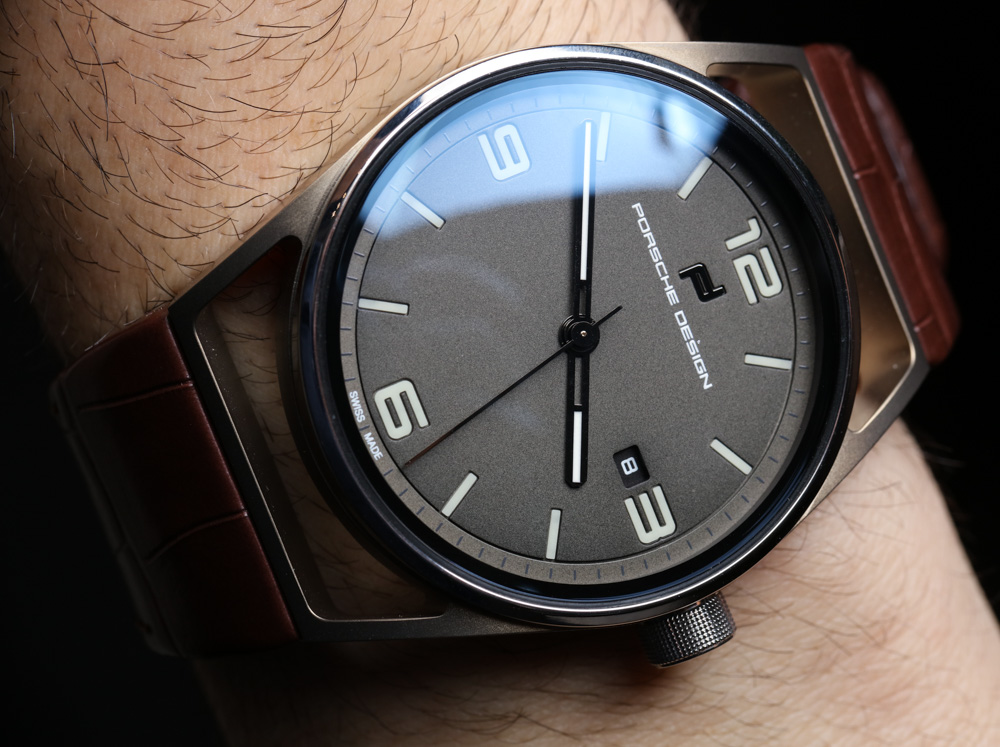
Less Black, Blue, Brown, & Gray
If one didn’t know better, then they might come to the conclusion that the watch industry just now discovered colors like brown and blue. 2016 was utterly full of brown (oh, I’m sorry, “chocolate”), blue, gray, and all-black watches. Talk about a somber mood. Gray especially annoyed me, because if there is anything gray lacks by nature, it is warmth and personality. I love gray for things like shirts and pants, but you don’t color the most expensive item of your status-conveying wardrobe in that color. Nevertheless, we saw more $50,000-plus watches in dull colors in the last year than we can recently recall.
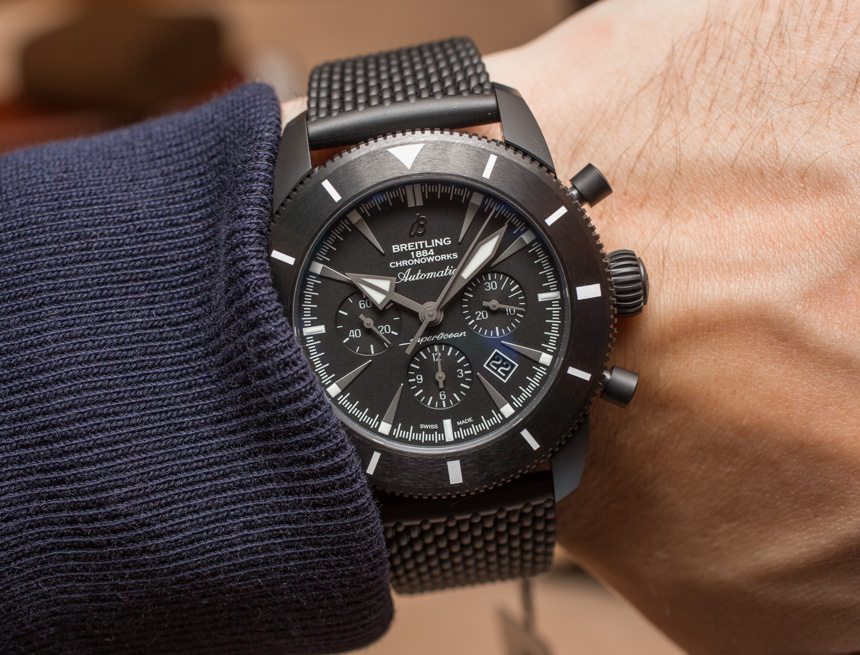
It isn’t that these colors are never nice, but in some ways the brands are going overboard. Because brands like Hublot have success with all-black “phantom” watches doesn’t mean it is a recipe that everyone needs to copy. A watch in a black case or with a black dial is just fine. Where we get a little annoyed is when brands start making monochromatic watches that cover entire timepieces in black or a similar dark tone. Keep it legible, keep it interesting, and keep it lively in color for 2017.

Fewer Brand Ambassadors
I don’t know what it is going to take to convince watch brands that most of their marketing efforts annoy or otherwise turn-off people who consider themselves loyal buyers. At some point in the last few decades, watch brands convinced themselves that they are fashion brands. And since then, marketing efforts have been getting progressively less focused on anyone who actually matters. It is the rare men’s watch advertisement that ends up actually appealing to someone who buys what is being advertised.

Perhaps the perfect exemplar of watch marketing gone wrong is the brand ambassador. Yes, having a famous person wearing your product will help some people learn about your product that otherwise might not have paid attention. That is the only value of brand ambassadors – enhanced awareness. When it comes to a sophisticated and expensive luxury item like a mechanical timepiece, no celebrity has enough power to encourage purchases with just their smile.
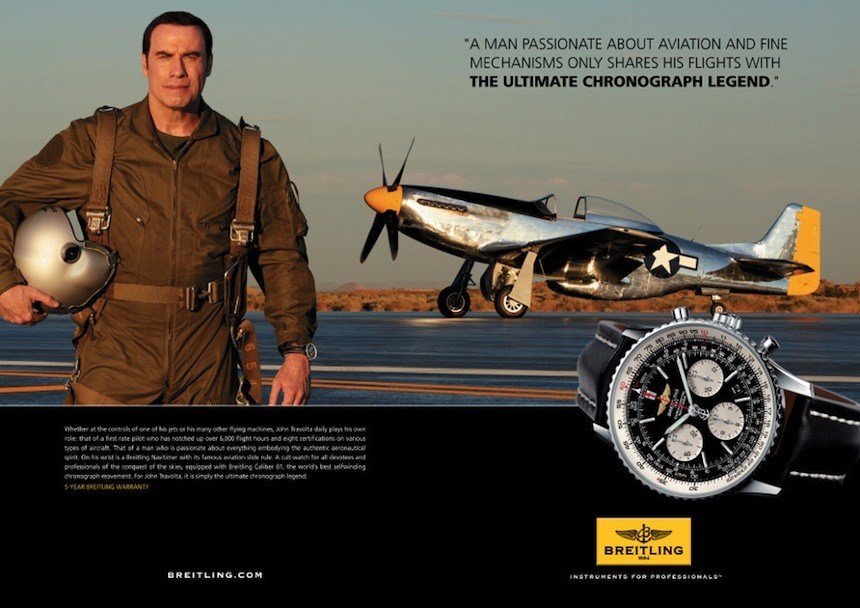
Watch collectors and enthusiasts enjoy plenty of good conversation poking fun at brand ambassadors and the brands who are clearly spending too much money on them. Common sentiments from the watch buyer community seem to be anything from “can’t they spend that money on making their products better,” to “I don’t want people seeing that watch on me, and thinking I care about that celebrity.”
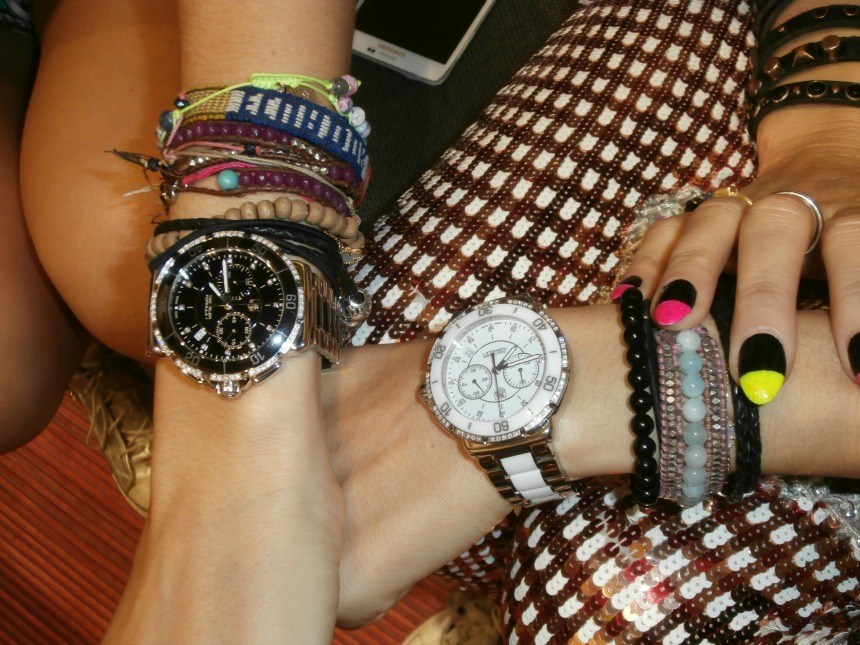
Some brand ambassador relationships backfire, many simply seem strained, and the rare exception seems fitting and natural. It isn’t that brand ambassadors never work. It is more true to suggest is that brand ambassadors are made, and not hired. You can’t simply buy favor. If there is a famous person who actually enjoys a watch brand and its products, then they should chat and start working together. That happens all the time, and I will admit those relationships are the best.
All too common, however, are marketing-driven brand ambassador initiatives designed to replicate the success of promoting a $10 product sold to mainstream consumers, in a $10,000 product designed for mostly sophisticated and successful consumers. Those are people who, I may add, have probably long since stopped paying attention to what celebrities are doing, and instead focus on their peers for good “life advice.”
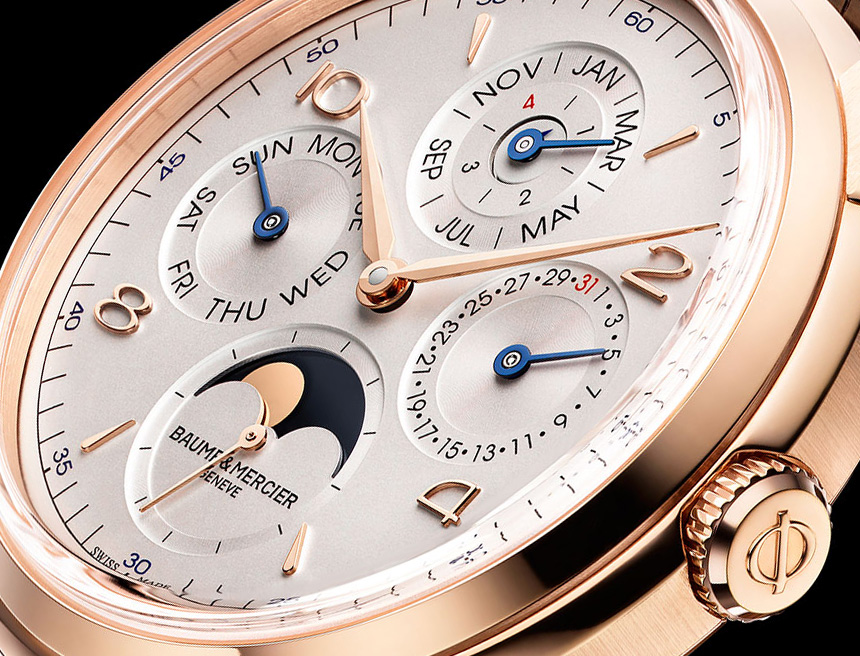
Fewer Complications
Above, I wrote that we want more watches with functions people actually use. I want to extend that statement further to suggest that watch brands produce fewer watches with complications aside from basic ones like telling the time. Some watches with advanced complications are both important and welcome. There is no better way to celebrate high horology than with an elegant timepiece that nevertheless is able to pack 10 pieces of functionality on the dial as part of a robust movement. That said, these are mostly high-end enthusiast timepieces which represent only a small fraction of the market.
Complicated watches are more prone to error and certainly require more maintenance and upkeep costs – all things that collectors want less of. People with experience in watch maintenance know that to keep service costs down it helps to have a movement with the least amount of parts.
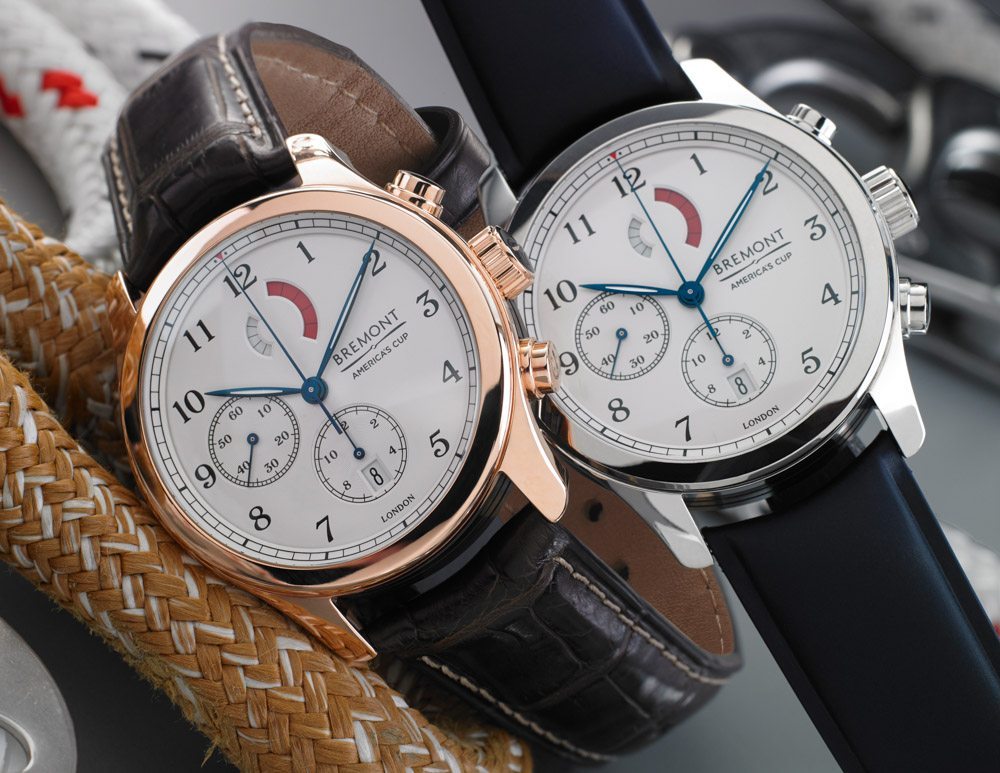
Also, a lot of complicated watches just end up being toys to play with. Have fun, but don’t necessarily make it part of your daily wearing experience to adorn something with pushers all over the case. It isn’t as though the traditional watch industry is coming up with a lot of new features, so the novelty of a complicated watch really isn’t even that high. Statistics show that the vast majority of watches sold only indicate the time. The second and third most popular complications are the date, and then a chronograph (because they look cool). After that, the entire universe of complicated watches represents a small fraction of watch sales.
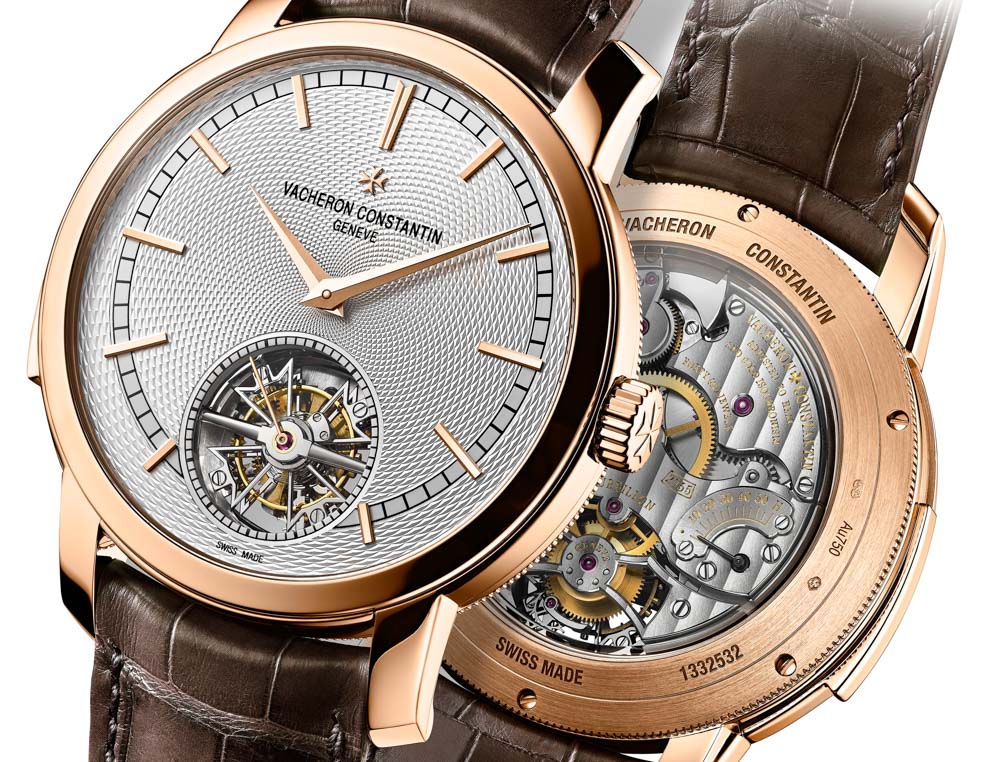
You wouldn’t necessarily know that from all the watch advertising in airports that has a fellow traveler just like you air-commuting with a tourbillon minute repeater. The watch industry might benefit from focusing more on what people are actually buying, as opposed to trying to invent new ways for them to want features that other devices have been doing better for decades.
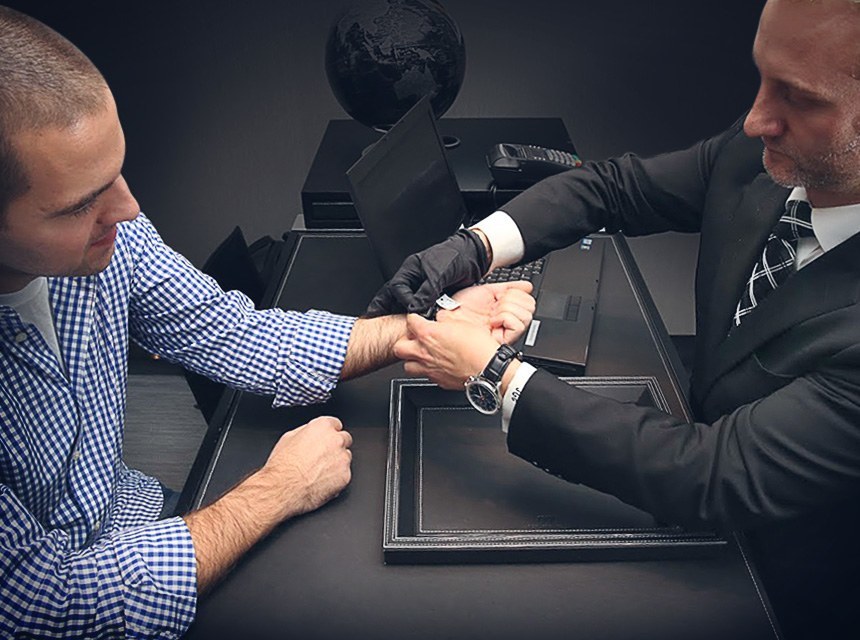
Fewer Hurdles To Buying
More people would be buying watches if buying watches weren’t so seemingly confusing or irritating. It is true, the mere act of buying a luxury timepiece today is less than luxurious. First is the issue of where to actually get the watch. Do you go out of your way to the snobby boutique in the crowded part of town with no parking? Or do you trust the gray market retailer online with a great prices, but not a lot of confidence that the watch will be perfect.

Second, how can you get the best price? Shoppers today know that retail prices are for chumps. That’s because the industry has in many instances bloated retailer margins so much that unauthorized dealers benefit from trimming the fat and still getting paid. The result is really just a lot of interested consumers who spend way too much time waiting around for a price they feel is what they are willing to spend. If the watch industry were more disciplined about pricing practices and profits, then consumers might not be so loathe to trust an MSRP.
Most consumers agree that the act of buying a watch is a low point in the ownership experience, and at the very least is stressful. It doesn’t help that with hot products the industry and its retailers like to manipulate availability, in order to create the illusion of rarity and exclusivity.

Fixing all this is complicated, but my solution (that I’ll write about more in the future) is to free the market and actually remove many of the traditional restrictions brands place on their authorized dealers. If you want to make most of the gray market go away within a few years, then just bring profit margins back to reasonable levels and allow retailers to sell watches to whomever, in whatever way that they like. Online, offline… it shouldn’t matter. Let the best watch retailers figure out how they can best sell products without a bunch of regional restrictions on how they can do it. Making authorized dealers officially able to sell online is a great step in the right direction.

